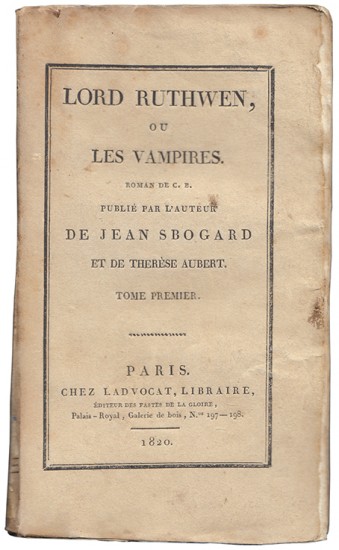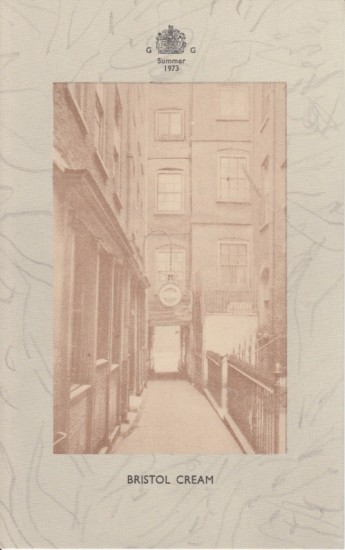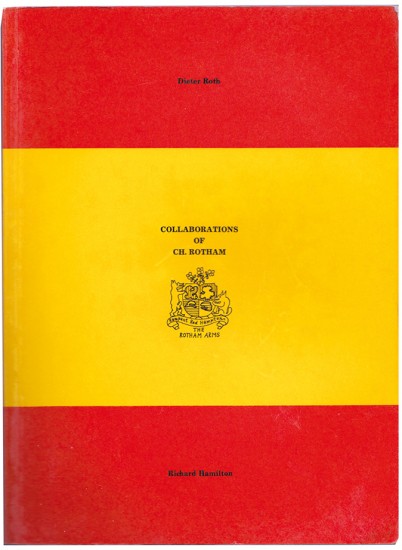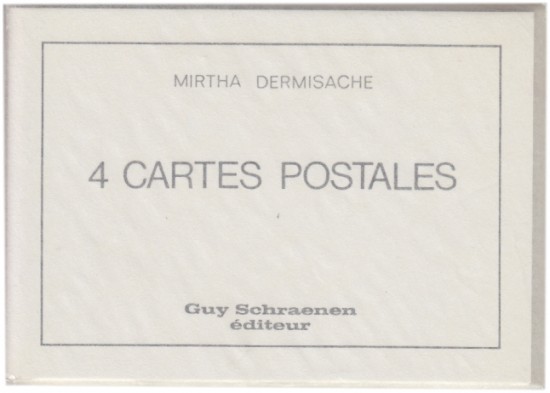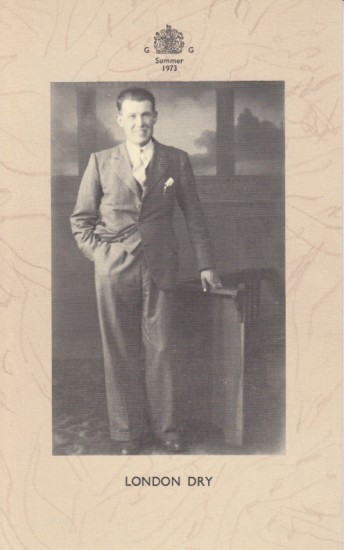Lord Ruthwen, ou Les Vampires
B[erard]., C[yprien]
Paris. Chez Ladvocat, Libraire. 1820
Sold
The first edition of 'Lord Ruthwen, ou les Vampires', a superb unsophisticated copy in the original wrappers.
Lord Ruthven, appeared for the first time - not as a vampire but as an unflattering portrait of Byron - in Lady Caroline Lamb's 1816 Gothic novel 'Glenarvon' but took vampiric form in John Polidori's tale 'The Vampyre' composed in the same year. Polidori, Byron's doctor, composed his version, along with Mary Shelley's 'Frankenstein', at the now notorious evening spent on the shores of Lake Geneva at which Byron proposed that those present (the Shelleys and Polidori among them) should write a work of Gothic horror. Polidori's tale was attributed spuriously to Byron himself on first publication (one he denied vigorously threatening litigation), an attribution maintained in the concluding notes of this French continuation, a work with its own problems of attribution.
The wrapper and title of 'Lord Ruthwen, ou Les Vampires' describe the book as 'Roman de C. B.', the initials of Cyprien Bérard, and attribute the publication to 'L'Auteur de Jean Sbogard et de Thérèse Aubert', both the works of Charles Nodier. Nodier is the author too of the 'Observations Préliminaires' for the book, signing these with his initials 'C. N.' Nodier's introductory text makes clear his part in the publication, but the advertisements for the 'Roman Nouveaux' published by 'Ladvocat' to the rear wrapper attributes the book directly to Nodier: 'LORD RUTWEN [sic], ou les Vampires, par Charles Nodier'. Nodier did write a drama titled 'Le Vampire', first performed in 1820, but it appears that Nodier's version was based on Polidori's.
Cyprien, or Jean-Cyprien, Bérard was certainly the director of the Théâtre du Vaudeville (1822 - 1824) and later of the Théâtre des Nouveautés (1827) in Paris, however little else is known of his birth, life, or death. That Nodier should have wanted to support a fledgling novelist is entirely plausible, especially a novelist who was also a theatre director with the means to aid his own dramatic efforts. Authorship aside, the present novel is a literary precursor of Bram Stoker's later and definitive version of the vampire myth and draws on many of the tropes of the Gothic form and sees the central vampire already in his characteristic and familiar form.
COPAC lists two locations: at Oxford and Trinity College, Dublin; OCLC adds a copy at the British Library, two in France, at the BNF and Fribourg and four at German institutions; copies must be held in US libraries but any search is complicated by the usual confusion over online and other electronic versions.
Lord Ruthven, appeared for the first time - not as a vampire but as an unflattering portrait of Byron - in Lady Caroline Lamb's 1816 Gothic novel 'Glenarvon' but took vampiric form in John Polidori's tale 'The Vampyre' composed in the same year. Polidori, Byron's doctor, composed his version, along with Mary Shelley's 'Frankenstein', at the now notorious evening spent on the shores of Lake Geneva at which Byron proposed that those present (the Shelleys and Polidori among them) should write a work of Gothic horror. Polidori's tale was attributed spuriously to Byron himself on first publication (one he denied vigorously threatening litigation), an attribution maintained in the concluding notes of this French continuation, a work with its own problems of attribution.
The wrapper and title of 'Lord Ruthwen, ou Les Vampires' describe the book as 'Roman de C. B.', the initials of Cyprien Bérard, and attribute the publication to 'L'Auteur de Jean Sbogard et de Thérèse Aubert', both the works of Charles Nodier. Nodier is the author too of the 'Observations Préliminaires' for the book, signing these with his initials 'C. N.' Nodier's introductory text makes clear his part in the publication, but the advertisements for the 'Roman Nouveaux' published by 'Ladvocat' to the rear wrapper attributes the book directly to Nodier: 'LORD RUTWEN [sic], ou les Vampires, par Charles Nodier'. Nodier did write a drama titled 'Le Vampire', first performed in 1820, but it appears that Nodier's version was based on Polidori's.
Cyprien, or Jean-Cyprien, Bérard was certainly the director of the Théâtre du Vaudeville (1822 - 1824) and later of the Théâtre des Nouveautés (1827) in Paris, however little else is known of his birth, life, or death. That Nodier should have wanted to support a fledgling novelist is entirely plausible, especially a novelist who was also a theatre director with the means to aid his own dramatic efforts. Authorship aside, the present novel is a literary precursor of Bram Stoker's later and definitive version of the vampire myth and draws on many of the tropes of the Gothic form and sees the central vampire already in his characteristic and familiar form.
COPAC lists two locations: at Oxford and Trinity College, Dublin; OCLC adds a copy at the British Library, two in France, at the BNF and Fribourg and four at German institutions; copies must be held in US libraries but any search is complicated by the usual confusion over online and other electronic versions.
pp. (iv), (ii), (i), iv, 208; (ii), (i), 194. 2 vols. 12mo. (182 x 106 mm). Two leaves with 'Ouvrages Récemment Mise en Vente', half-title to each vol. with printer's credit verso, printed titles to each vol., vol 1 with 2 leaves with 'Observations Préliminaires' with credit 'C. N.' and anonymous text in various sections each with sub-title, vol. 2 with final blank. Original publisher's printed wrappers, titles within ruled border to front covers, titles to spines, advertisements to rear covers, later protective board box with title to spine in red.
#47233
